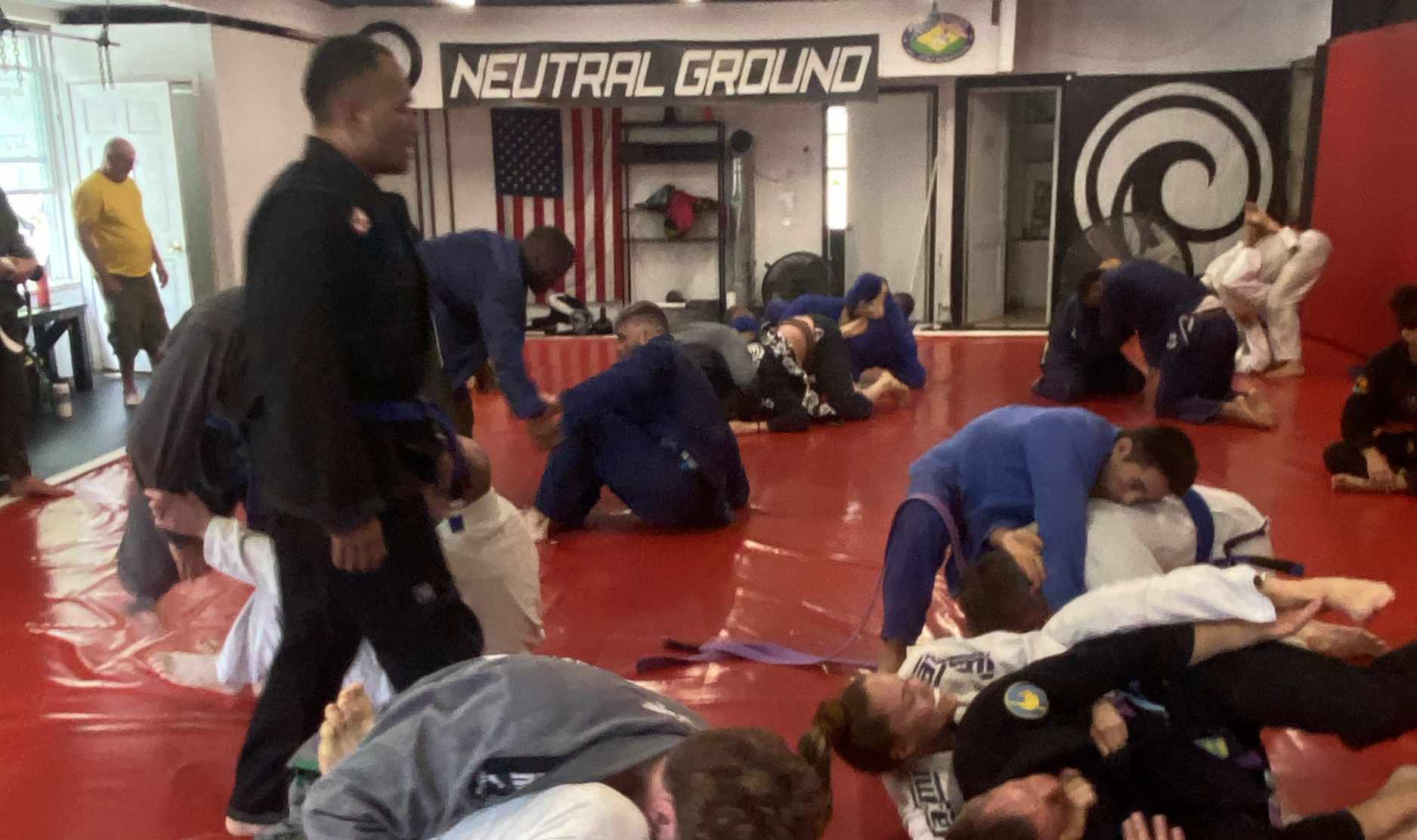showing up is NOT half the battle: mathematics of bjj skill acquisition
Jiujitsu is so open ended, ever expanding…without clearly defined edges. Progress is difficult to measure as it is difficult to have a clearly defined measuring stick that isn’t also in constant change with you. An ultimate differential equation to math nerds. Judging progress can be like judging an art contest, it’s complexity this way makes it beautiful. Everything is qualitative: better, smoother, gentler, more. It might be refreshing in the gentle world of unknowns to at least have something we can measure. By the numbers, trackable, and a constant reminder of how somebody training once a week can get more experience than somebody training everyday.
We can start with a live rolling session. Let’s say 30 minutes, switching partners every 5 minutes, with the option to take breaks as needed. And within every separate roll there are any number of movements and positions within it. Movement is the essence of jiujitsu, but can also be hard to measure. Positions, however, can be measured with a number, not the infinite variations of positions, but the amount of positions employed in a given roll, and this is where everything starts.
Any position acquired has that 3-5 second window of escape, to avoid scoring and, more importantly, to kill momentum. As an example, if you can hold a crossmount after a guard pass for the 3-5 seconds to score, after they’ve done their best to escape during their greatest chance to escape, it is very likely you can hold it for 3-5 minutes. Once that window closes, the passer reinforced his pass, and the passee learned his lesson (the point system exists to remind them both). They both gained invaluable experience and can evolve from it, perfect, and will both walk from it a better grappler.
After this position is established, you could either move on to the next opportunity for more experience, or could let that position lay stagnant, “let em burn” for abit. Sure, there is definitely a skill to continuing to maintain position for minutes on end, and we’re not saying otherwise. It’s just that drastic diminishing returns on experience occurs shortly after the position is established and scored. The hard part is letting go of that security you now have, them not moving and no further cues to crush. Fear of losing that safety in exchange for getting smoked in transition, getting crushed and/or submitted instantly afterwards can definitely freeze the flow. Instead, however, looking forward to the new experience, be it defending from somewhere new, getting tapped or swept is the paradigm shift necessary to get past the “lay and pray” mentality. Part of Jiujitsu is to remind ourselves that the lesson goes for both players, regardless of who attacks/defends/scores/taps. Whether playing Kasparov or Dumdum 5.0, neither game is interesting, and nobody learns on either side of the board, without the pieces moving.
With this in mind, it’s what happens next that brings in the math.
Starting with all the grappling time available to you in the 30 minute session from above. If you take a break, every 5th round, 4-in 1-out, your chance of experience for the day drops by 20%. You’re already at 80% experience for the day!
Even worse, if in each roll you decide on holding each position or submission attempt for 10 seconds or more cuts your experience in half! It’s disgusting to think that 5 extra seconds now has you experiencing 50% potential!
You can see how heartbreaking it can project if you did both (now at 40%) or considered taking more breaks than 1 or holding on to positions longer than the 10 seconds!
You can see how just a couple small changes can have a drastic change to your overall technical experience. It is definitely easier said than done, but the math doesn’t have permission to lie.
I’m not saying to never take a break, or that you won’t get stuck in a position for longer than 5 seconds. That is part of the game for sure. But the more you control what you can, and how you roll, the better control you have over your own training.
blah blah: This, of course, is without considering:
distillation of knowledge
reflection on what happened in the previous round(s)
the important skill of dealing with a partner not letting you move
your physical exhaustion or injury
psychological aspect
and anything else hard to put a number on 🙂
you can lie to yourself but the math won’t. How long do you stay in a singular position or submission attempt? How long and often are your breaks? Control what you can.
